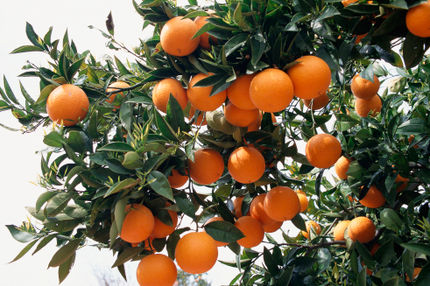Bayer CropScience to further reinforce leadership in Asia Pacific crop protection market
Advertisement
Bayer CropScience intends to further reinforce its leadership position in the Asia Pacific crop protection market. The Europe based company plans to grow significantly stronger than the overall market in the region and aims to increase its market share in Asia Pacific. Addressing a press conference in Tokyo, Bayer CropScience CEO Prof. Friedrich Berschauer said that Asia Pacific would continue to be an important focus area for the company as Bayer CropScience seeks to expand its leading role in the global crop protection industry. In 2003, the Asia Pacific region accounted for some 960 million Euro in annual sales, representing about 17 % of the company's global turnover. In the first half of 2004, Bayer CropScience has recorded sales of about 470 million Euro in Asia Pacific, a plus of 3 % versus the previous year's period. The Bayer CropScience CEO outlined the company's medium-term plans: "We have set ourselves the target to grow above market average. This should help us to further improve our share of the crop protection market in Asia Pacific from currently 13% to 14 % in the mid-term", Berschauer said. Looking ahead, the Bayer CropScience CEO pointed towards two diverging growth patterns emerging in Asia Pacific: With the rice acreage in Japan and Korea continuing to decline, market estimates see the development in the North East Asian crop protection markets to be flat at best between 2004 and 2007. At the same time, the markets in the remainder of Asia Pacific could possibly grow by about 1.5 % per year on average, supported by stronger growth in Australia, India and Southeast Asia. New regional structure for Asia Pacific With a solid regional infrastructure, including some 16 production and formulation sites and a world-class research center in Yuki, Japan, Bayer CropScience has a strong base in Asia Pacific. With Japan, India and Australia, the region encompasses 3 of the company's Top 10 countries globally. To further support its growth ambitions in Asia Pacific, Bayer CropScience has established a new regional organization in Singapore to ensure proximity to the individual markets of the region. The new regional Asia Pacific headquarter has started operations in October 2004 under the lead of recently appointed regional head Bernd Naaf. "The new regional concept with its decentralized approach empowers our regional management to make decisions closer to the business", Berschauer explained the reasons for setting up the new structure. Japan as the single largest market in the region and home to the Yuki Crop Protection Research Center, plays a key role for Bayer CropScience in the new regional set-up. The entire region will benefit from the know-how and resources of our Japanese organization, Bayer CropScience CEO Friedrich Berschauer said. "Japan can facilitate knowledge transfer and strengthen the relationship between all rice producing countries in Asia Pacific to foster best practice sharing across the different countries within the region", Berschauer said. The regional hub is expected to help the company seize the full potential of its Yuki Research Center for the entire Asia Pacific region. Yuki already plays an important role in Bayer CropScience's global research network because it not only allows for the evaluation of compounds under the conditions of the key Asian markets, but also benefits from the latest technologies through close links to leading scientists in Japan. Recognized as one of the best institutes of its kind globally, researchers in Yuki played an important role in the discovery of imidacloprid, an active ingredient that has gone on to become the best-selling Bayer CropScience product and the world's most successful insecticide. In addition, Bayer researchers at Yuki have developed many other important compounds, among them the insecticide Thiacloprid, the fungicide Carpropamid and the new herbicides Oxaziclomefone and Fentrazamide.























































